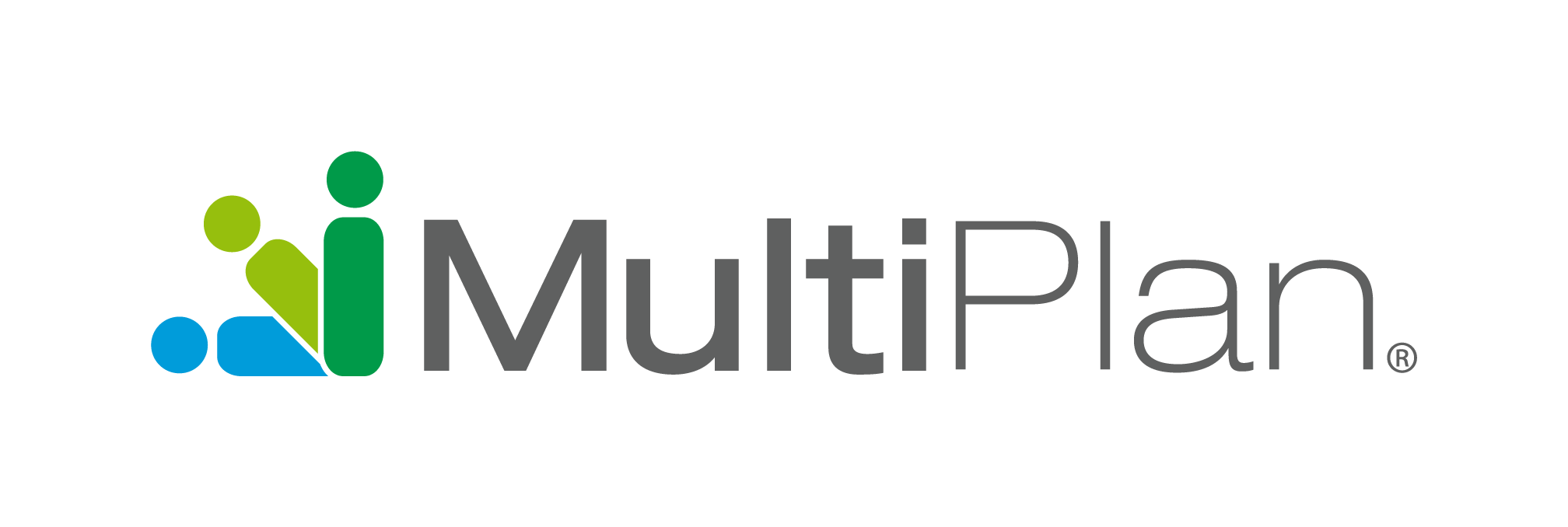On August 19th, the long-awaited final rules under the No Surprises Act (NSA) were issued. Titled “Requirements Related to Surprise Billing: Final Rules,” they finalize certain requirements that group health plans and health insurance issuers offering group or individual health insurance coverage must meet when reimbursing claims determined to be surprise bills as defined by the Act. Central to reimbursement is the Qualifying Payment Amount (QPA), a health plan’s median contracted rate for an item or service in a specific geographic area adjusted for consumer price index in urban areas (CPIU).
In this blog post, we specifically look at what the final rules say about:
- The role of QPA in the IDR process
- Disclosure of QPA and other information related to the QPA, and in particular the handling of downcoded claims
- The applicability of QPA for plans with no network or a partial network
Role of QPA in the IDR Process
The October 2021 Interim Final Rule (IFR) established that the certified IDR entity should look first to the QPA, and then to any additional information submitted by the parties, and required the certified IDR entity to select the offer closest to the QPA unless the additional information provided established that the QPA was materially different from the appropriate out-of-network rate. This interpretation of the NSA was challenged by the Texas Medical Association in Texas Medical Association, et al. v. United States Department of Health and Human Services, et al., Case No. 6:21-cv-425 (E.D. Tex.) (Texas Medical Association), as well as by LifeNet, Inc., an air ambulance provider, in LifeNet, Inc. v. United States Department of Health and Human Services, et al., Case No. 6:22-cv-162 (E.D. Tex.) (LifeNet). Consistent with the ruling in Texas Medical Association, the final rules specify that certified IDR entities should select the offer that best represents the value of the item or service under dispute after considering the QPA and all permissible information submitted by the parties. Further, the IDR entity must provide a written explanation that summarizes the information used in the decision, including the weight given to the QPA and why other information considered wasn’t already reflected in the QPA (if applicable).
Payor Disclosure of QPA
The final rules address challenges introduced in the IDR process resulting from potentially inadequate QPA disclosure by payors. In particular, the final rules require disclosure of QPA for both the originally coded services and for final coding of services after “downcoding,” defined as altering a service code or altering, adding or removing a modifier so that the changed code or modifier is associated with a lower QPA than the service code or modifier billed by the provider. If a QPA is based on a downcoded service code or modifier, in addition to the information already required to be provided with an initial payment or notice of denial of payment, the following must be also be provided:
- A statement that the service code or modifier billed by the provider was downcoded
- An explanation of why the claim was downcoded, including a description of which service codes or modifiers were altered, added, or removed
- The amount that would have been the QPA had the service code or modifier not been downcoded
Role of QPA for Plans with No Network
The Interim Final Rule (IFR) published in July 2021 made clear that health plans that do not use a PPO network, or that use only a partial network, still are subject to the No Surprises Act. The IFR did not provide details on how or if these plans must use the QPA, when the plan lacks sufficient information to calculate a median contracted rate, which is by definition the case when there is no network being accessed by a plan. In an FAQ that accompanied the final rule, the departments clarify that these plans are nonetheless expected to use the QPA as required under the NSA – to determine the member’s cost sharing and as disclosure to the provider with reimbursement. The departments direct these plans to use an eligible database to calculate QPA.
Learn how MultiPlan’s Surprise Billing Service can help you comply with requirements of the No Surprises Act.

